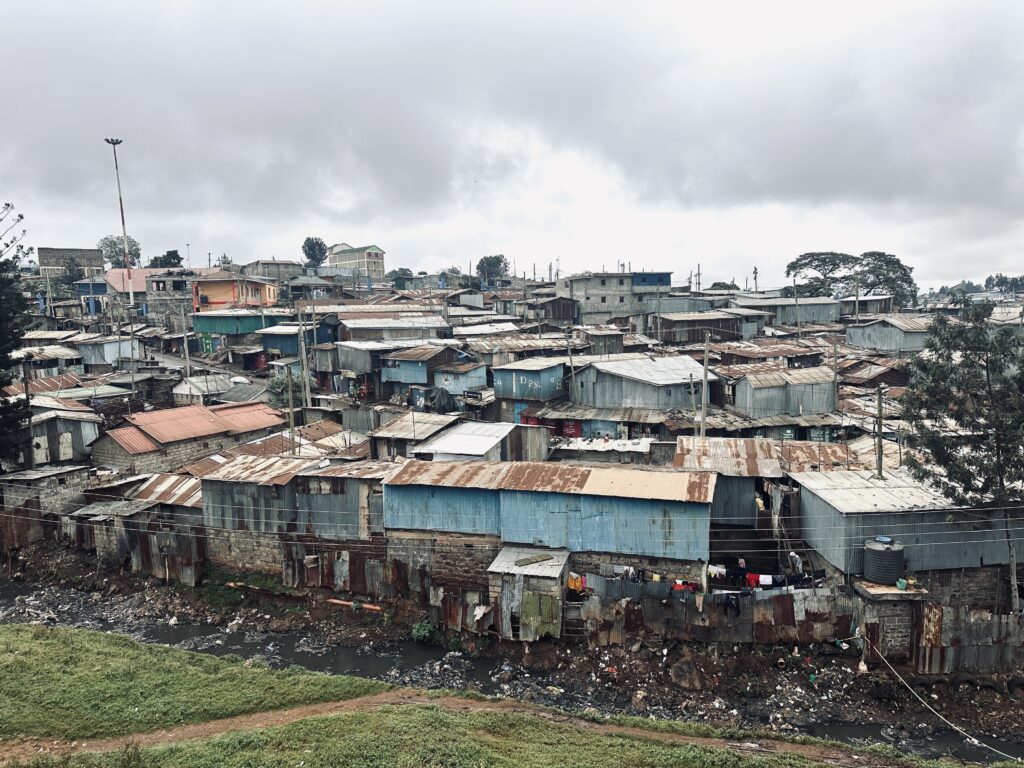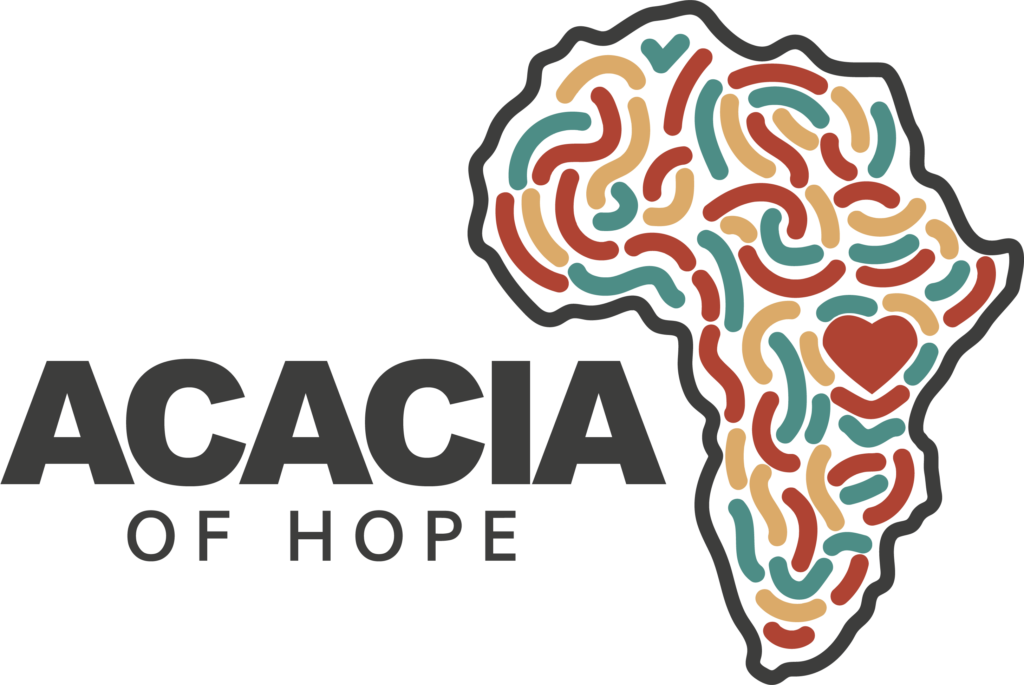
Kibera Slum, located in Nairobi, Kenya, is recognized as the second largest slum in the world. Covering approximately 2.5 square kilometers, Kibera is home to an estimated 200,000 to 250,000 residents, though exact figures are challenging to determine due to the informal nature of the settlement. The slum is characterized by its densely packed, makeshift housing, where many structures are constructed from scrap materials. Despite its vibrant community life, Kibera faces severe infrastructure challenges, including inadequate sanitation, limited access to clean water, and insufficient waste management systems.
The daily realities of life in Kibera are marked by significant hardships. Residents often contend with extreme poverty, with many families living on less than a dollar a day. The lack of reliable access to essential services exacerbates health risks, contributing to high rates of waterborne diseases and other health issues. Educational facilities are also severely under-resourced, limiting opportunities for children and perpetuating the cycle of poverty. Despite these challenges, Kibera is known for its strong sense of community, resilience, and vibrant local culture, with residents working together to support each other and improve their living conditions.
Efforts to address the dire conditions in Kibera have been ongoing, with various organizations and initiatives focusing on improving access to clean water, education, and healthcare. Community-based projects often involve partnerships with local leaders and residents to create sustainable solutions tailored to the unique needs of the slum. While progress is being made, significant work remains to be done to enhance living conditions and provide long-term opportunities for Kibera’s residents. The resilience and spirit of the people in Kibera continue to inspire efforts aimed at fostering positive change and improving their quality of life.




